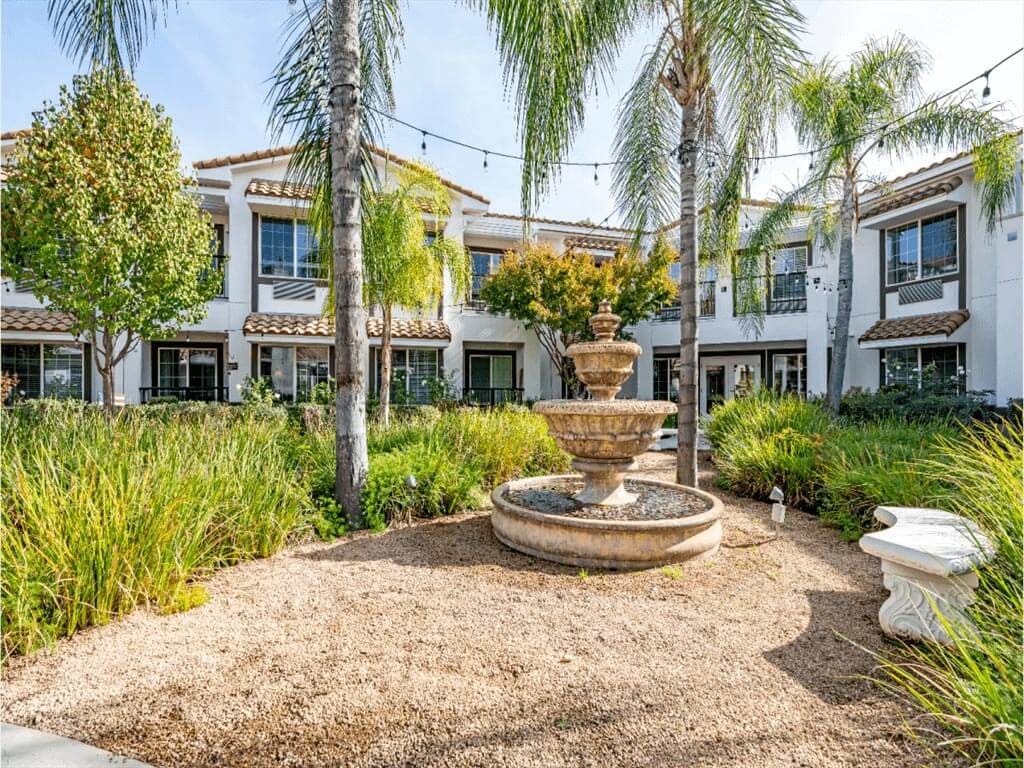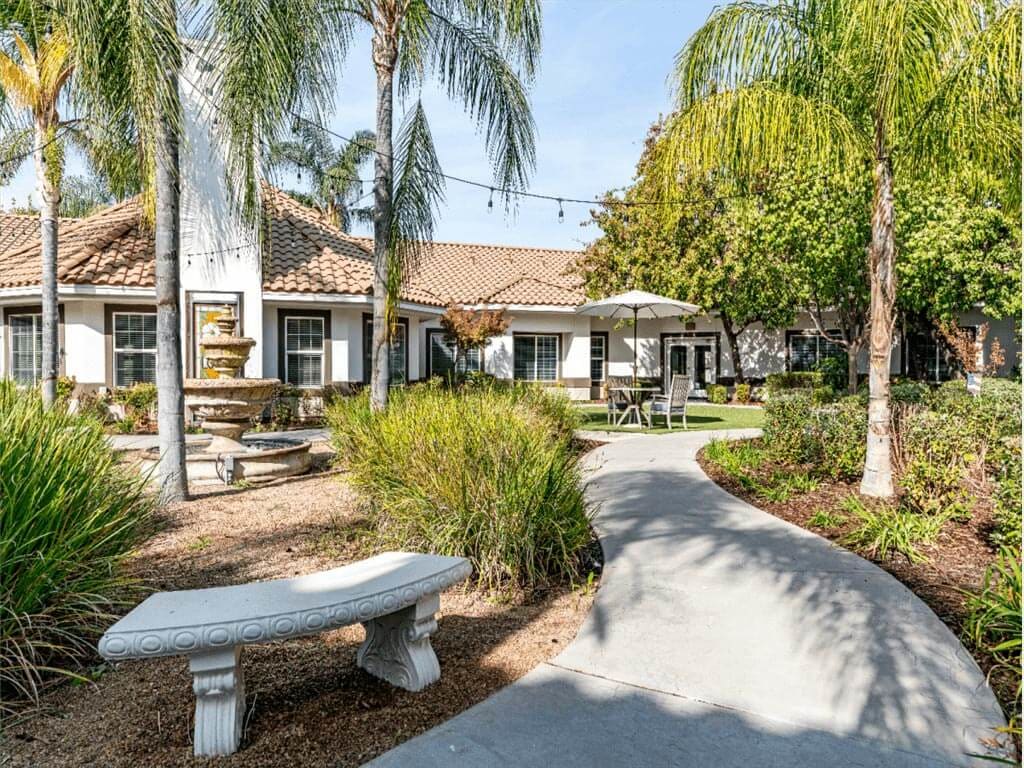Explore Luxury Retirement Home Plans for Empty Nesters Today
Exploring luxury retirement home plans at Westmont of Fresno means considering elegance, functionality, and community.
You want a space that reflects your lifestyle while promoting comfort and ease. With thoughtful designs that prioritize accessibility and modern amenities, you’ll find options that genuinely cater to empty nesters.
As you envision your ideal future living space, the choices available at Westmont of Fresno can transform your retirement years into an experience filled with style and connection.
What elements will define your perfect retreat?
Retirement Home Plans: Design Your Ideal Future Living Space
When you envision your golden years, the design of your retirement home plays an essential role in shaping that dream. Consider how your living space can reflect your values and lifestyle. Think about accessibility—wide doorways, single-level living, and minimal stairs can enhance comfort. Incorporating communal areas encourages social interaction, fostering a sense of community. You’ll want to prioritize natural light and open layouts, making spaces warm and inviting. Sustainable materials and energy-efficient designs not only benefit the environment but can also reduce future costs. Personal touches, like gardens or art spaces, can nurture your passions. Ultimately, a well-thought-out retirement home design can enhance your quality of life and allow you to engage meaningfully with others in your community. Additionally, personalized care plans ensure that your unique needs are met as you transition into this new phase of life.
Sleek & Smart: Modern Retirement House Plans for Aging in Place
As you plan for retirement, modern house designs prioritizing aging in place can significantly enhance your independence and comfort. These sleek and innovative plans include open layouts, wide doorways, and single-level living to reduce mobility challenges. Smart home technology, such as automated lighting and temperature control, allows you to manage your environment effortlessly. Additionally, incorporating non-slip flooring and grab bars guarantees safety without compromising style. Energy-efficient appliances and sustainable materials contribute to lower utility costs and reflect your commitment to the environment. By choosing a design that nurtures your needs, you’re creating a space that serves you and fosters connections with family and friends, enhancing your overall quality of life. Regular safety assessments can help identify potential hazards and ensure your home remains secure as you age.

Effortless Living: Simple Retirement Home Plans for Comfort & Ease
Effortless living in retirement means embracing simplicity without sacrificing comfort. You’ll find retirement home plans designed for ease, focusing on open layouts that promote accessibility and connection. Features like single-level living, minimal stairs, and wide hallways create a seamless flow, allowing you to navigate your space effortlessly.
Consider incorporating low-maintenance materials, ensuring you spend less time on upkeep and more time enjoying life. Thoughtful amenities, such as community gardens and social spaces, foster connections with neighbors, enhancing your retirement experience. Additionally, these plans often include safety features and health services that promote residents’ well-being and peace of mind.
How to Create a Simple Yet Elegant Retirement Home Plan
Creating a simple yet elegant retirement home plan starts with understanding your style and needs. Begin by envisioning how you want your space to function and feel. Consider incorporating open layouts that promote both comfort and social interaction. Choose a neutral color palette to create a calming atmosphere while allowing for personal touches through art and decor.
Next, prioritize accessibility and convenience; consider features like single-level living and low-maintenance materials. Don’t forget to factor in spaces for community engagement and hosting family. Finally, integrate elements that reflect your values, like sustainable materials or local craftsmanship. By harmonizing these aspects, you’ll create a retirement home that serves you and welcomes others. Additionally, consider the importance of community engagement in fostering connections and enhancing your overall living experience.
In choosing your luxury retirement home at Westmont of Fresno, you’re not just selecting a space; you’re crafting a lifestyle. Opt for elegance that eases your daily routine, embrace modern amenities that enhance comfort, and foster connections in vibrant communal areas. You’ll find a perfect blend of sophistication and functionality with open layouts that invite natural light and sustainable materials that reflect your values. Your retirement years deserve to be lived in style, so let your dream home become your reality today. For more information, call us at 559-446-1266.
How Do The Costs Of Moving Into A Quality Senior Care Community Compare With The Costs Of Staying At Home?Compare The Costs of Senior Living vs Staying at Home
Frequently Asked Questions
How much does it cost a year to live in a retirement home?
The cost of living in a retirement home varies based on location, amenities, and level of care provided. On average, independent living communities range from $25,000 to $50,000 per year, while assisted living can cost between $50,000 and $80,000 annually. Memory care and skilled nursing facilities typically have higher costs due to specialized care needs, often exceeding $100,000 annually. It’s important to research different communities and factor in additional costs like medical care, meal plans, and personal services.
What is the difference between a retirement home and an elderly home?
A retirement home, often called an independent or senior living community, is designed for older adults who can live independently but prefer a maintenance-free lifestyle with social activities and amenities. An elderly home, commonly called a nursing home or assisted living facility, provides a higher level of care for seniors who need assistance with daily activities such as bathing, dressing, and medical support. Retirement homes focus on active aging with conveniences like housekeeping, dining, and transportation, while elderly homes provide more hands-on healthcare services. Choosing between the two depends on a senior’s level of independence and care needs.
What is the best size house for a retiree?
The ideal home size for a retiree depends on lifestyle, budget, and maintenance preferences. Many retirees downsize to a home between 1,200 and 1,800 square feet, offering enough space for comfort without excessive upkeep. A single-story layout is often preferred to eliminate stairs and improve accessibility. Factors like proximity to family, healthcare services, and community amenities should also be considered. Ultimately, the best home size balances convenience, affordability, and ease of living.
How do retirement homes get paid?
Retirement homes are typically paid for through private funds, long-term care insurance, pensions, or Social Security benefits. Some residents use proceeds from selling their homes to cover costs, while others rely on savings or family contributions. In assisted living and nursing homes, Medicaid may help cover expenses for those who qualify, while veterans may receive benefits from the VA. Exploring different payment options and financial planning strategies is important to ensure long-term affordability.








